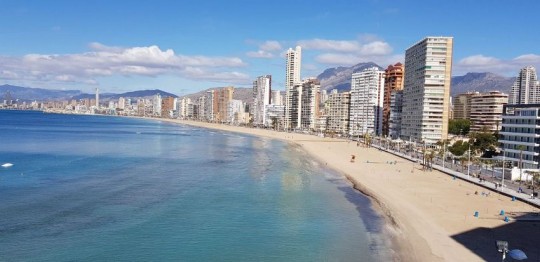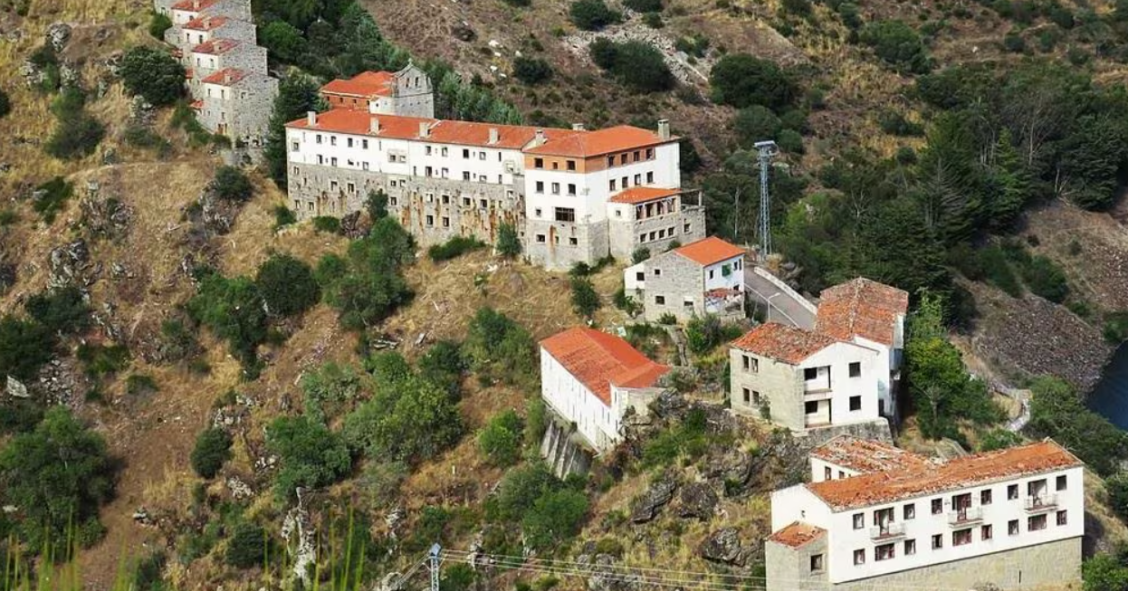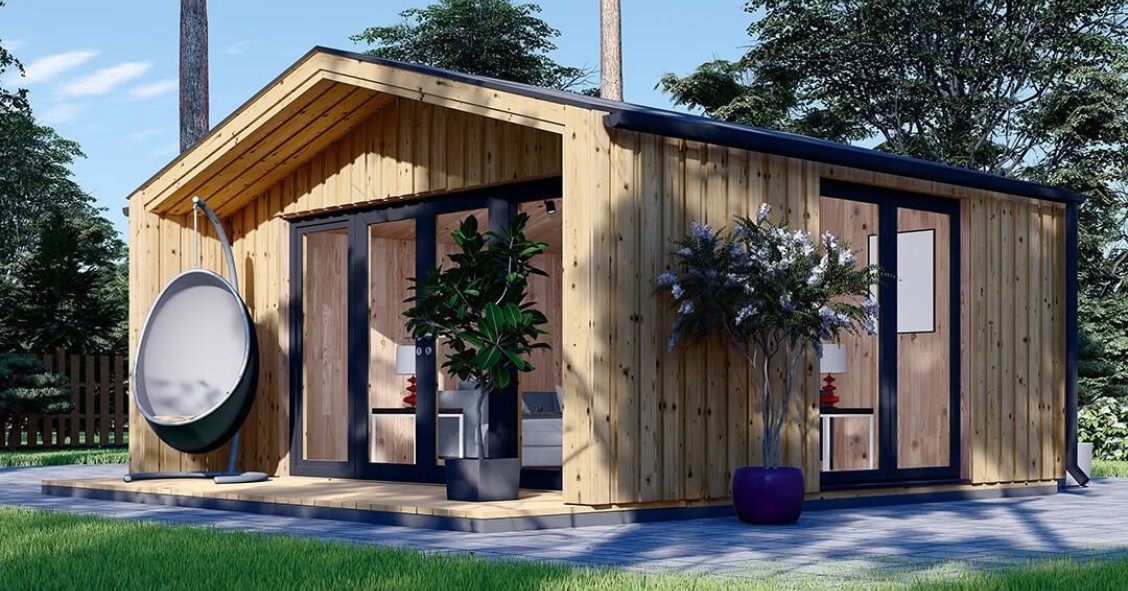
Since the beginning of the pandemic, the real estate sector has detected some changing trends in the residential market, stemming from a transformation in habits, ways of working and restrictions on citizens' mobility, and even affecting social relationships and leisure. In this respect, housing has become a valuable asset, where we carry out many of our day-to-day activities. Sociedad de Tasación has described this trend as a "3-in-1 phenomenon". Specifically, the company explains that there are residential properties that function as a first home, second home and also as an office due to teleworking.
"Currently, we are detecting that the demand for housing is transforming and is increasingly determined by investing in quality of life. We observe that among people's preferences are homes with more space, better views or outdoor areas (terraces and gardens). This change is occurring, above all, in those sectors of the population whose working conditions allow them to have more flexibility (young people or more mature demographics with limited or no family commitments)," Leticia Sánchez Franco, market analyst at Sociedad de Tasación, told idealista/news.
In Spain, it can be seen that the so-called three-in-one house is particularly prevalent on the coast. According to the INE, sales and purchases during the first 10 months have grown by 36% compared to the same period in 2020 (+8.3% compared to 2019), driven by accelerated demand, either due to reinvestment or pent-up, and also boosted by persistently low interest rates and accumulated savings levels.
"By type, transactions of single-family housing have grown more than those of flats, with levels above 20% in terms of year-on-year sales growth (crossing this barrier in the fourth quarter of 2020 for the first time since the series began to be built)," explains Sánchez Franco. Based on data from the Association of Registrars, Cantabria is the community where the highest year-on-year increase in sales and purchases of single-family homes has been observed (+4.6%), followed by the Canary Islands (+3.6%) and the Balearic Islands (2.8%).
"Another important fact that would support this trend is the migratory movements from abroad to Spain or between Autonomous Communities, as can be seen in the figures from the Municipal Register throughout 2021, with a particular impact on the coast and also in Madrid," says the expert from Sociedad de Tasación.
"However, although we are facing a phenomenon surging since 2020 and becoming increasingly consistent, its continuity will depend on the evolution of covid-19 and possible new strains, as well as the return to normality and habits from before the pandemic," she adds.
Andalusia, the hotspot of this phenomenon.
But Sociedad de Tasación is not the only market player to have detected this trend. Savills Aguirre Newman also believes in this phenomenon, especially in locations in southern Spain. "The Costa del Sol is evolving rapidly and the concept of first and second homes is becoming increasingly ambiguous in the market. We have a highly consolidated metropolitan area throughout the province, which offers all kinds of services for the national and international buyer," says José Félix Pérez-Peña, Director of Savills Aguirre Newman Andalucía.
With regard to the type of buyer, the predominant profile remains the national and international first residence and luxury client. However, there has been an exponential increase in demand from North Europeans with new technology backgrounds, who consider Costa del Sol to be the ideal place to live and work remotely, according to the consultancy firm. An idea that fits in with the three-in-one housing phenomenon and its expansion to other parts of Europe.
"The new trends in remote working have changed the behaviour of buyers, who are now looking at more spacious areas where they can adapt their homes to these new needs. Developers have also adapted to this change and are looking for larger homes or homes with work spaces in the communal areas," says Pérez-Peña. "Malaga and its province is already the Mediterranean region with the best prospects for living and working, it is the one whose population has grown the most in Spain," he adds.
The reality is that during 2021, the pace of new projects launched has intensified on the coast. In addition, investors and developers have shown greater interest in acquiring entire sectors to develop quality residential complexes with a greater range of services and amenities, another rationale that refutes the idea of buying a house not only to serve as a primary residence.






